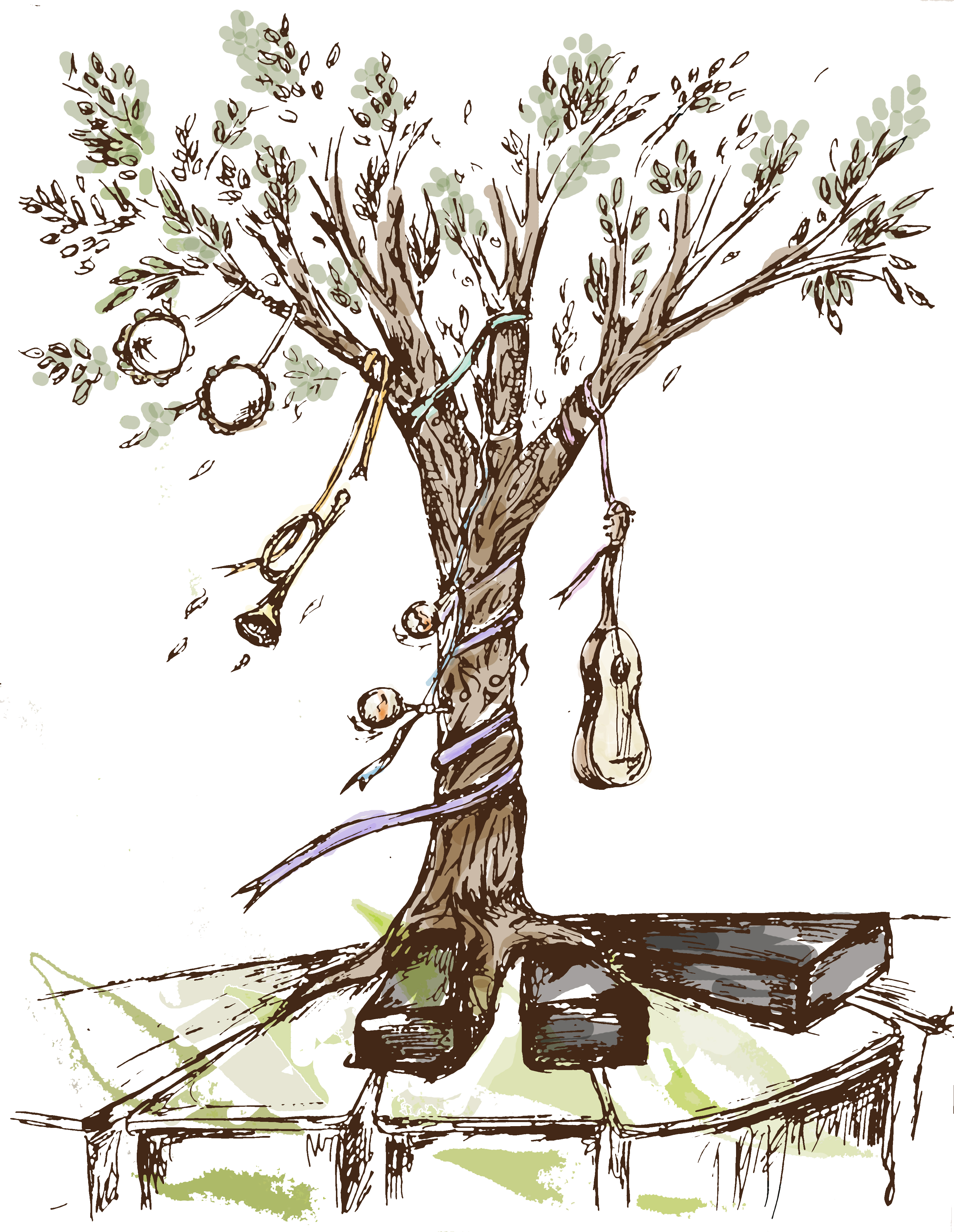
A new kind of music school is coming to Vancouver. We help kids (including the grown-up kind!) discover the musician that's already inside them—and develop it into a lifelong practice of listening, creativity, and play.
Starting in early 2026, we're hosting weekend workshops, featuring core activities such as playing drums, xylophones and keyboards, jamming with pros, improvising, and using music to create connection. In the Fall we'll open our full‑year program at St. Luke's.
The spark for my work was lit in 2009, deep in the Tennessee woods at a Music/Nature camp. That week didn't just change how I play; it changed how I pay attention. It showed me that musical growth is less about piling on information and more about waking up the faculties we already possess: perception, curiosity, and the courage to respond.
Since then, my purpose has been simple: help people—especially kids—discover the musician that already lives inside them, and show them how to use that way of being to become curious learners in the world.
I'm creating a school that treats music as a living language and a lifelong companion. The goal is not merely to make "students who play songs," but to cultivate musicians—people who listen deeply, notice acutely, and create generously. The school will:
Victor Wooten — His ideas reminded me that music is a language and that groove, listening, and presence come before notes. Practice matters, but how we attend while we play matters more. I borrow his emphasis on listening first, jamming early, and learning from direct experience.
Valborg Werbeck‑Svärdström — Uncovering the Voice teaches that the true voice is not forced into being; it is invited. We uncover the voice, rather than train it. We discover that skills develop through deep observation, listening and awareness.
W. A. Mathieu — Harmonic Experience opens ears to resonance, just intonation, and internal hearing. From Mathieu we adopt tuning games, drone‑based singing, and the felt sense of intervals—so harmony becomes something you experience in the body, not just read on a page.
These influences meet in a single question: How do we create conditions where the inner musician can shine through?
Out of that question I started Island Beat Music/Nature Camps on Mercer Island, launched the first Creative Kids Music Project in Renton, WA, and later directed UpBeat in New Hampshire. With each iteration I experimented, noted what sparked immediate joy, what fell flat, and what kept learners—young and old—coming back hungry for more. That experimentation brings me now to Vancouver and a fresh beginning for the Creative Kids Music Project at St. Luke's/San Lucas Episcopal Church.
Attention is the instrument. We train noticing: posture, breath, the room's soundscape, the way a single note blooms and fades. Technique grows from refined attention.
Listening before speaking. Every session begins with listening practices—indoors and outdoors. Students learn to "tune" themselves to drones, birdsong, and each other before we add complexity.
Voice is primary. Whether you play trombone or turntables, we sing daily. Gentle Werbeck‑inspired vocal work develops a free, resonant tone and a personal relationship to pitch.
Harmony is felt, not memorized. We use drones, call‑and‑response, and movement to embody intervals and rhythm. Theory is learned through the ear and body first, then named.
Nature as teacher. Outdoor sessions sharpen awareness and broaden the idea of what counts as "music." Students learn silence, space, and the rhythm of attention.
Community jams. Beginners play with advanced students often—like toddlers learning language at the dinner table. Structured improvisation builds confidence and groove.
Circle Singing — Bobby McFerrin inspired a cappella singing, fully improvised singing, building off simple loops.
Improvisation — Creating grooves, riffs, melodies, and rhythms in real time, learning to speak the language of music.
Solfège & Rhythm Lab — Whiteboard notation, clapping/stepping patterns, sing what you write.
Listening & Meditation — Soundwalks, drone‑tuning, breath/attention practices.
Composition — Learn to create loops and patterns and then put them together into larger musical structures that become songs.
World Rhythms — Become a master of time, learning to feel the flows of rhythm and groove from around the world.
Jamming with pros — Regularly play music with other high level musicians, the most crucial and oft neglected part of musical education.
Why this matters — Children who learn to listen deeply grow into adults who can focus, empathize, and adapt and find joy as they learn and grow. Music gives them an ideal path to practice those capacities every day.
What changes you'll see — Increased self‑confidence, better self‑regulation, more curiosity, and a noticeable ease with learning new things.
The Creative Kids Music Project at St. Luke's is an invitation—to hear more, to notice more, and to bring more of ourselves to the world. Every child arrives musical. Our work is to uncover that truth, nurture it, and let it grow.
If this resonates, let's build it together: a place where kids discover their natural musical talent, become musicians in their own right, and carry that way of listening into everything they do.